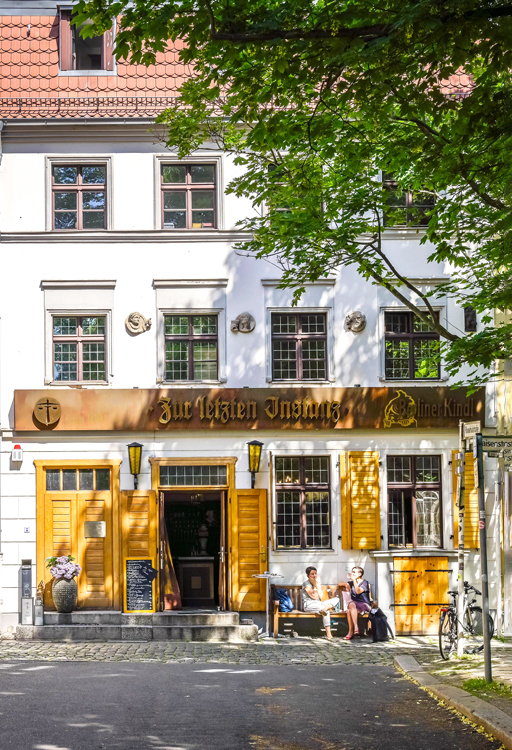Foodies are constantly chasing the trendiest new cuisines and hottest new restaurants, but sometimes a tried and true classic can be more satisfying than the latest fad. The proof is in the following eateries around the globe which date back centuries. Find out the recipes to success at seven of the world’s oldest restaurants that are still open for service.
Botín – Madrid, Spain

The history of Botín — which holds the Guinness World Record for the world’s oldest continuously operating restaurant — is loosely tied to the history of Spain itself. The restaurant’s building dates to 1590, a mere 30 years after King Philip II ordered his court to move to Madrid. The transition prompted a population explosion, which led to restaurants and inns popping up throughout the new capital.
In 1725, Casa Botín was established by French-born chef Jean Botín. Later, his nephew took over the business, and Casa Botín became Sobrino de Botín (“Nephew of Botín”) in the restaurant’s current building. Sobrino de Botín went through several renovations over the centuries, until it fell into the hands of its current owners in the early 1900s. Today, the establishment continues to serve traditional Spanish fare, including delicacies such as roast suckling pig, with tours available for those interested in the building’s unique history.
White Horse Tavern – Newport, Rhode Island
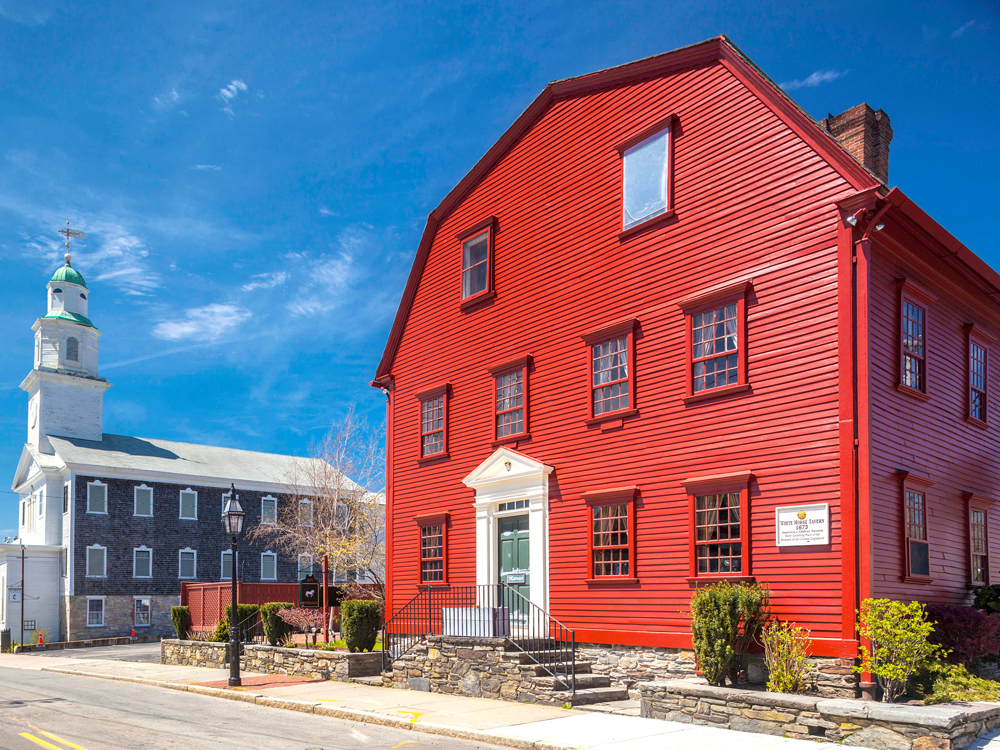
The oldest restaurant in the United States, White Horse Tavern opened in 1673, steps away from Newport’s historic wharf. For nearly a century, the tavern hosted Rhode Island’s General Assembly, in addition to its Criminal Court and City Council. The tavern was named for the painted white steed on its welcome sign, and its signature symbol alerted weary travelers that it was open for overnight stays and hot meals.
Although it no longer provides lodging, White Horse Tavern still welcomes guests for dinner — along with a side of fascinating history. Despite its antique furnishings and historic architectural details — including low ceilings, high-backed chairs, and large fireplaces — the tavern serves modern cuisine inspired by produce and proteins sourced from regional farms.
Zur Letzten Instanz – Berlin, Germany
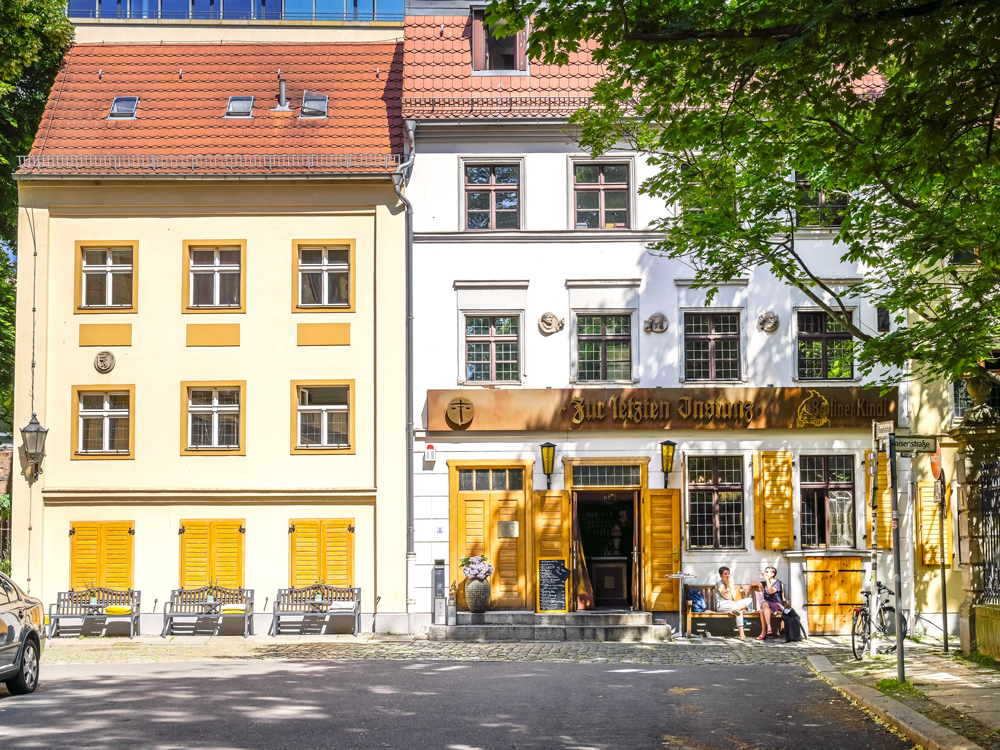
Zur Letzten Instanz’s roots date back to 1561 when the building was erected on the east side of Berlin. It wasn’t until 60 years later that a tavern occupied the building, followed by many different bars and eateries over the next 300 years. In 1924, the restaurant’s current iteration was officially established. It remains, a century later, in the same family and serves classic German and European fare in an elegant dining space.
With two guest rooms available for overnight stays, the restaurant’s interior features a Baroque spiral staircase, brick floors, and antique furnishings, including a 200-year-old tiled stove. Outside, the beer garden is equally historic, home to old-growth trees, cobblestones, and a view of the city wall built in the 12th century to protect Berlin from the threat of invaders.
La Tour d’Argent – Paris, France
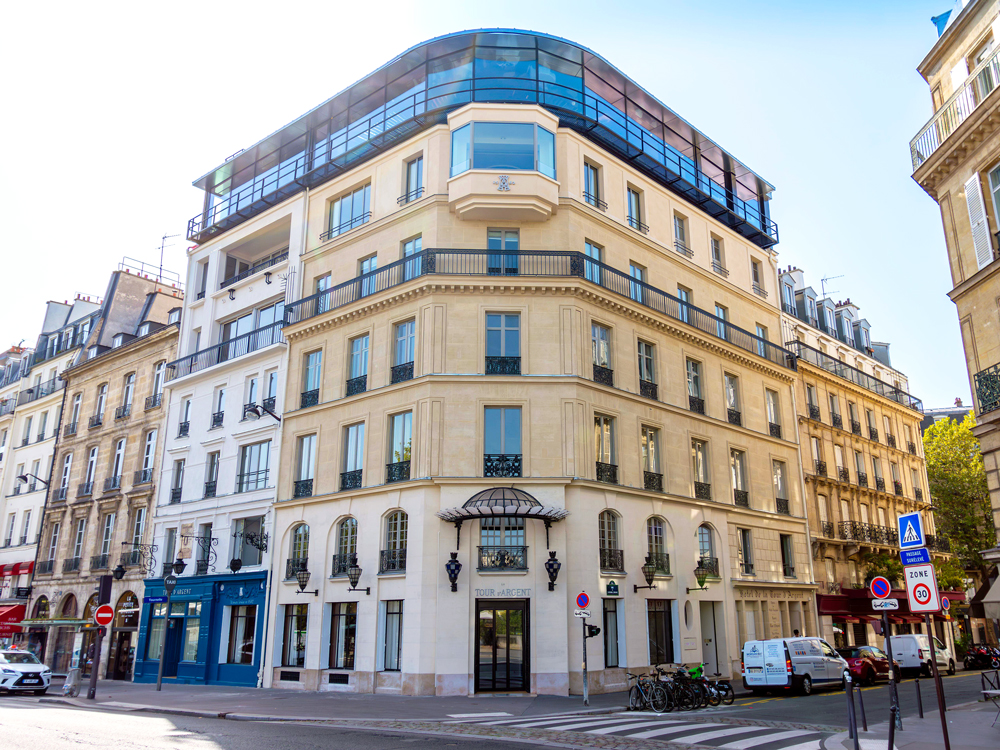
This historic restaurant in Paris’ 5th arrondissement was established in 1582 during the reign of Henry III. At the time, La Tour d’Argent (“The Silver Tower”) was an inn for the nobility, serving the lords of the upper classes. In the 16th century, it became the first inn in France to provide forks for guests. Previously, people ate with their hands or spoons, and the inn’s introduction of forks led to the new-fangled instrument being associated with fine dining.
Today, La Tour d’Argent is located on the tower’s sixth floor, providing magnificent views of the Seine River, Notre Dame, and the Île Saint-Louis. The same refined hospitality and gourmet French food that once drew the noblemen of the past remain available to patrons today.
Honke Owariya – Kyoto, Japan
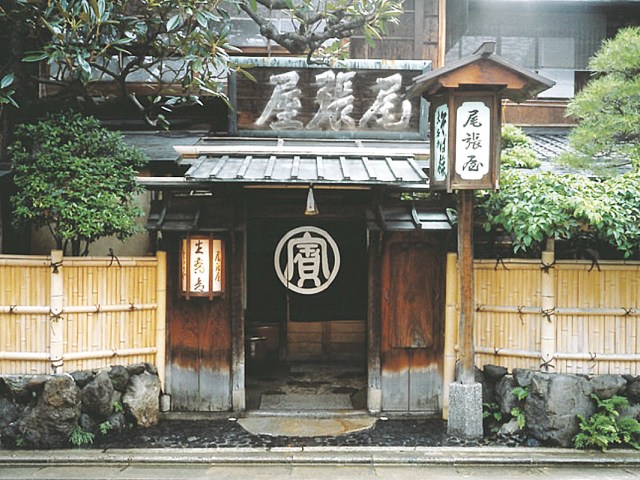
Honke Owariya was first established in 1465 as a confectionary shop in Kyoto, the former capital of Japan. Nearly four centuries later, the restaurant became known for its signature dish, soba mochi, a sweet treat made with azuki beans, soba, and black sesame seeds. Beloved throughout the city, the dish was especially popular amongst the Imperial Family.
By 1702, the confectionery began serving soba noodles made with traditional buckwheat, a Japanese staple so popular in Zen Buddhist culture that monks used to hold buckwheat flour during meditation. Today, the restaurant continues to serve its famous soba noodles in a variety of dishes, including soups, salads, and traditional noodle recipes.
Zum Franziskaner – Stockholm, Sweden

Zum Franziskaner dates back to 1421 when German monks began making their own beer in Stockholm, but it didn’t find a permanent home in the city until 1622. Today, “Zum,” as locals call it, serves the same brew recipe that was crafted by the monks centuries ago. Situated in the city’s old town, the beer hall serves a host of other local beers from Sweden, in addition to German favorites.
Just as you would find in any German beer hall, the restaurant features dark wood paneling, high ceilings, and intimate seating. Expect to find a mix of both German and Swedish fare, such as sausages, lingonberries, and smörrebröd (Swedish open-faced sandwiches) to complement your choice of brew.
St. Peter Stiftskeller – Salzburg, Austria
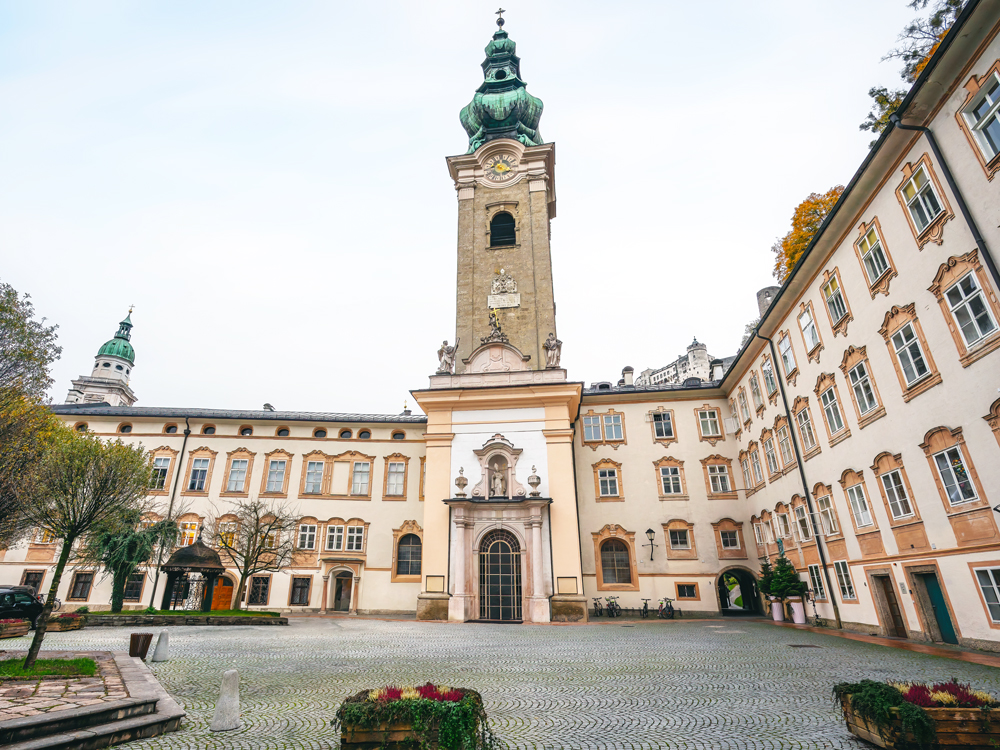
Salzburg’s St. Peter Stiftskeller is located in the monastery complex of the Benedictine Archabbey of St. Peter. It was established in 803 as the monastery’s “abbey cellar,” as records confirm an English scholar was served by the region’s emperor and bishop around this time. Although it hasn’t been operating continuously for centuries like Madrid’s Botín, St. Peter Stiftskeller is considered the world’s oldest restaurant based on this date. In the 14th century, it also entered literature thanks to a poet and composer who mentioned it in “The Monk of Salzburg.”
Today, the abbey’s restaurant has several rooms available for indoor seating, some of which feature historic wood carvings crafted by the monks. There are also outdoor dining opportunities in the courtyard, surrounded by stone walls that have stood for centuries.






